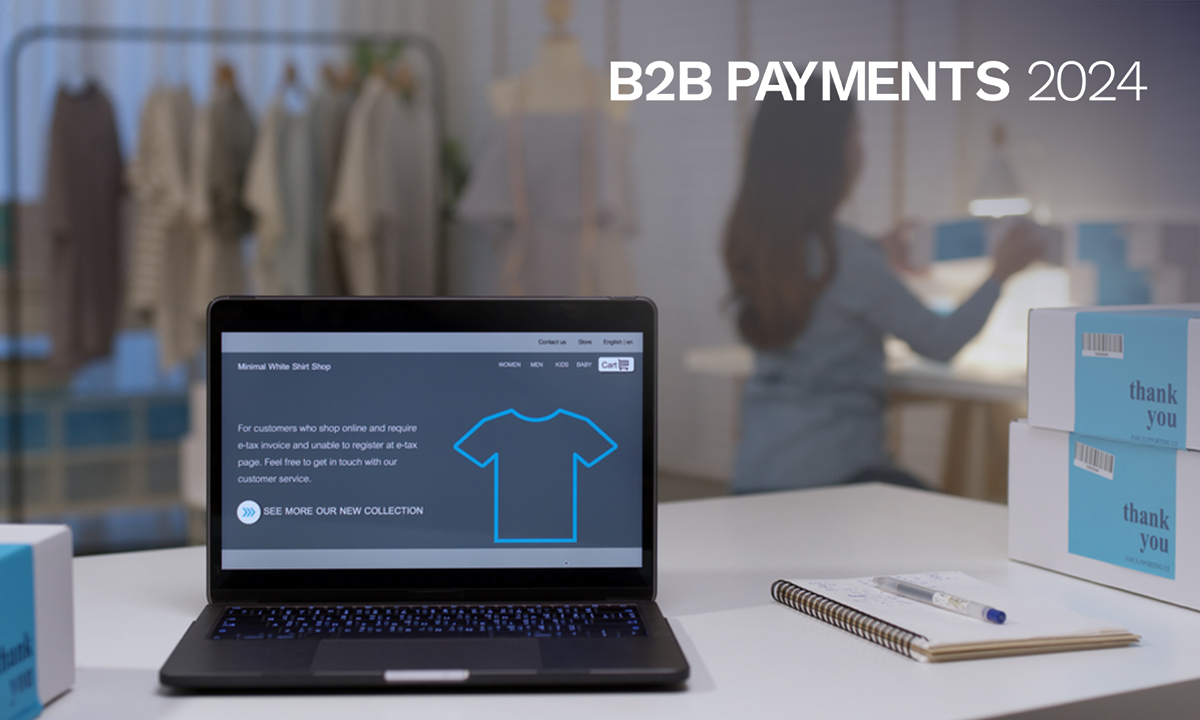Fashion
JOOR Cracks the Code on B2B Payments for Wholesale Fashion Industry | PYMNTS.com

The biggest trend this fall in fashion retail?
It’s independent retailers, Kristin Savilia, CEO at JOOR told PYMNTS’ Karen Webster.
“Independent retailers are having their moment right now because they’re able to curate to the audience they know best and are buying what they know their customer will love,” she added.
Within JOOR’s own marketplace platform, a wholesale play that brings together brands and retailers, Savilia shared that the proportion of gross merchandise volume (GMV) generated by independent retailers alone has surged from 47% to 59% during just the last five years, signaling a significant shift in how brands and retailers connect and do business.
At the forefront of this transformation is the surge in digital tools and access to embedded payment solutions that retailers have today, allowing them to thrive by offering carefully curated collections that resonate with local tastes and differentiate them from larger department stores, which tend to adopt a one-size-fits-all approach. This growing trend highlights a consumer desire for authenticity and curation over the generalized offerings of large retailers.
And the independent retailer’s rise contrasts sharply with the behavior of enterprise retailers, who are becoming more risk-averse.
“More independent retailer means less enterprise retailer, less department store buying in particular,” Savilia said.
She explained that larger retailers are buying less inventory upfront, reflecting a growing fear of inventory risk. Because this strategy can result in quicker sellouts of popular items, enterprise retailers are leveraging marketplace extensions to fulfill consumer demand digitally, often promising consumers that an item unavailable in-store can be ordered online.
The move toward narrower in-store selections paired with wider online offerings is becoming a hallmark of how enterprise retailers manage inventory, especially in an era where foot traffic has yet to recover to pre-pandemic levels.
The Changing Landscape of Wholesale Fashion
As the fashion retail landscape continues to evolve, brands that once championed direct-to-consumer (D2C) models are rethinking their strategies.
These digitally native brands, noted Savilia, are expanding their channels, recognizing that a singular D2C approach may no longer be enough to drive growth. As a result, DTC brands are turning to platforms to diversify their distribution, reaching new markets through independent retailers without competing against their own stores.
Payments, of course, play a critical role in simplifying this digital wholesale experience.
“Believe it or not, what we are up against from a process standpoint are phone calls and credit card numbers written down on pieces of paper,” said Savilia, adding that JOOR’s own embedded payments solution, JPay, has streamlined transactions for brands and retailers alike, accelerating payments by an average of 19 days compared to traditional net terms.
The platform’s PCI-compliant digital payment process, she noted, not only reduces friction but also provides flexibility for partial payments, a feature that both brands and retailers find invaluable in managing cash flow and inventory. “It’s the whole concept of going against an antiquated way of doing things and instead replacing it with a digital way of doing things.”
Savilia also emphasizes the importance of data in this digital ecosystem. Her platform’s twice-yearly trend reports, based on actual orders placed in the marketplace, give retailers a real-time view of emerging trends. These insights help both brands and retailers make smarter buying decisions, reducing the risk of over-ordering and minimizing markdowns. The platform’s digital tools also offer granular insights, allowing brands to track which products are performing well in specific regions, leading to more efficient inventory management and higher profitability.
The Digital Shift Reshapes Fashion Retail
Savilia acknowledged that misconceptions have long surrounded the wholesale model, particularly the belief that D2C channels are inherently more profitable. However, the reality is that acquiring customers directly can be costly, often exceeding the expenses associated with wholesale partnerships. As brands recognize the value of maintaining relationships with retailers, they are likely to invest more in the wholesale channel.
After all, the shift towards digital platforms offers a streamlined alternative to traditional wholesale methods, which often relied on cumbersome processes and face-to-face meetings. And the new digital playing field is increasingly helping smaller retailers better connect with their own core audiences.
JOOR’s own platform operates like a traditional social network — brands request connections to retailers, which the retailer can decide to accept or not, an element that elevates the experience beyond the pure-play commerce of a marketplace ecosystem.
“Independent retailers work super hard at getting new customers, but also at staying in touch with their existing customers,” Savilia said, noting that independent retailers are now curating a different experience with interesting brands and a personalized consumer touch by leveraging avenues like social media channels.
By providing a more efficient and visual approach to buying and selling, digital platforms can help facilitate better communication and reduce operational friction, allowing brands and retailers to adapt to the fast-paced nature of the fashion industry and ultimately creating a fashion ecosystem where both can thrive.
As the fashion retail landscape continues to evolve, Savilia identified several key trends shaping the industry. As the holiday season approaches, she predicted a “flat to slightly up” performance in sales compared to the previous year, with independent retailers likely driving much of the growth.
At the same time, she noted a downward adjustment in pricing across the sector as brands aim to remain competitive, emphasizing that this price stabilization is a necessary response to consumer demands for affordability in an increasingly crowded market.
Digital, Savilia explained, has “brought a newness and simplicity [to retail] that makes it almost crazy not to embrace.”








